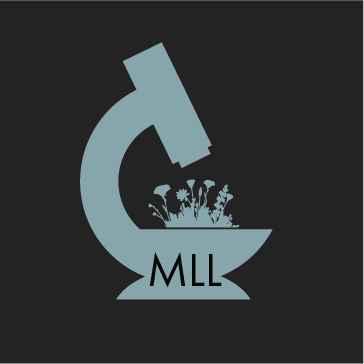Seed Pile Project Data Forms
Things to remember before you start...
Tons of tiny green sprouts? Don’t be overwhelmed! We only need count estimates, so try and get your best guess.
Zero sprouts at all? That’s OK! “No data” gives us just as much information as lots of sprout data.
Seeds germinate (begin to grow into a plant) based on environmental cues; meaning, they feel the world around them and wait for the right time to start growing. These seeds will be looking for a cold and wet period, so expect more sprouts after the next big rain.
Can’t tell the plants apart? Just give it your best guess -- it will get easier as the plants grow and produce more true leaves and flowers.
Can’t tell the seed pile plants from weeds or other sprouts? We totally get it… it’s not always easy for us either! Just try your best and check the “I’m unsure” box if needed.
Had some sprouts last time you checked that seem to have disappeared? That’s OK and normal! They might have died off or gotten eaten between data collection rounds.
Please do not place seed piles within 1.25 miles of agricultural fields, especially cultivated sunflower fields.
Instructions:
Set down your seed pile along a transit corridor. Dump the entire packet at once in a single pile - please don’t scatter it broadly. Examples of great transit corridor locations include:
Along a road
Along a bike path
Along a sidewalk
Along a rail track
In a parking lot
Make a note of where your pile is so you can easily return to it (e.g. a pin in google maps or a note in your phone).
Fill out data form 1 as soon as you place your pile.
Wait until January and at least one week from setting your pile down to collect seedling data after dropping your seed pile.
Each month, go to your seed pile location (the exact spot you dropped your seed pile previously).
Focus on one plant species at a time -- we suggest going in the order of the seedling guide.
Look around in a 5 foot radius (5 feet is about two small adult steps; one tall kid or short adult lying on the ground; or the length of a park bench). How many of that type of sprout do you think you see?
Estimate how many seedlings you see of that plant type.
Repeat for each of the seed pile species. This should take 10-20 minutes. It will go even quicker as you become familiar with the plants and as fewer seedlings make it to maturity.
Data Forms
Below are the link to the Google Forms for entering your Seed Pile Project data. Data (except for the first form) should be collected sometime during the first two weeks of each month. When a form is active, we will link it below. Also note that there is a link for our Seedling Identification Guide and for data observations or feedback that don’t fit into the regular forms! Notice something cool in between data collection periods? Have suggestions for how we can improve this project next year? Let us know!
Online forms:
Data Form 1: Seed Pile Location
Data Form 2: January Data Entry
Data Form 3: February Data Entry
Data Form 6: May Data Entry
Printable Form:
Link to printable packet containing all forms
This is a printable packet of all the data forms needed for this year's Seed Pile Project. It is best printed on 8.5"x11" paper and can be folded down the middle on the vertical line. This packet is for participants who can't or do not wish to use the online Google Forms option. At the end of the Seed Pile Project, please return this booklet to the Seed Pile Project team either in its physical form or by taking scans or pictures and sending to admin@miridaelivinglabs.org.
Seed packets in progress with our 2021-2022 custom seed mix from Hedgerow farms


